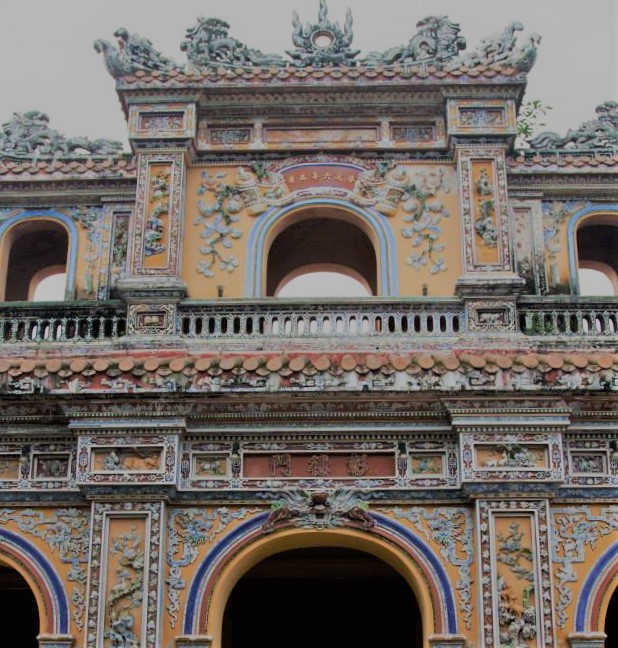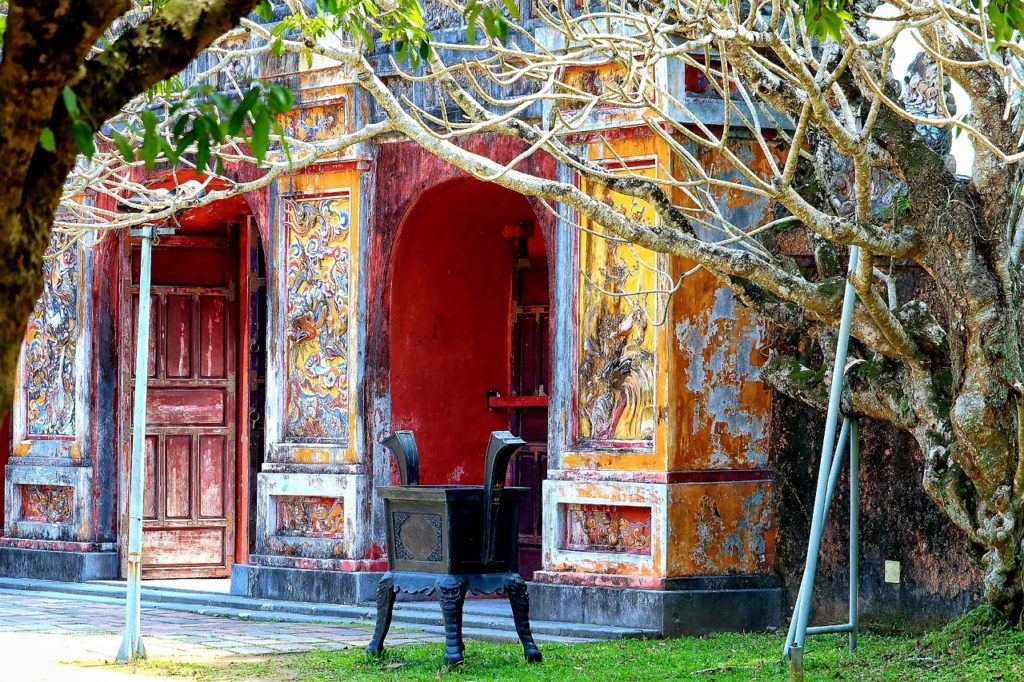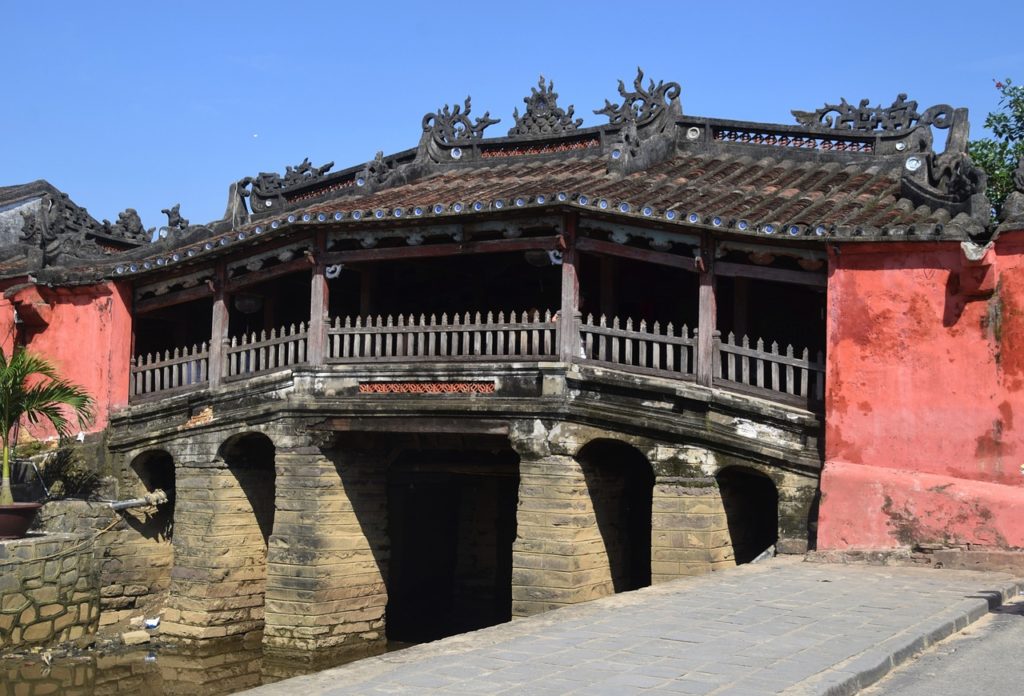Touring the Central of Vietnam Posted by Kandle Dart on Jun 22, 2021 in Culture, Foods, History, Travel, Vocabulary
The central region of Vietnam has so much to offer, if you are into history, culture, and sightseeing. While the North has Hanoi, the capital of many dynasties in the past, and four UNESCO Di sản thế giới (Word Heritage) sites, the Central has plenty of its own glorious tourist attractions. The Central region also has four UNESCO Di sản thế giới, to include three Di sản văn hóa thế giới (World Cultural Heritage), and one Di sản thiên nhiên thế giới (World natural heritage) as listed below:
- Quần thể di tích Cố đô Huế (Complex of Hue Monuments)
- Phố cổ Hội An (Hoi An Ancient Town)
- Thánh địa Mỹ Sơn (My Son Sanctuary)
- Vườn quốc gia Phong Nha – Kẻ Bàng (Phong Nha-Ke Bang National Park)
I have visited all eight UNESCO Di sản thế giới sites in Vietnam and most of the major tourist attractions in all three main regions: North, Central, and South Vietnam. If I had to choose one among the three regions to travel, it would be the Central, particularly Huế, a must visit city in Thừa Thiên province, period! After all, Huế was the capital of the last dynasty for over one hundred years, from 1802 until 1945. Thus, it was not just the center of political power, but also the center of culture and religion under the Nguyễn dynasty.
1. Quần thể di tích Cố đô Huế (Complex of Hue Monuments)
UNESCO recognized this site as Di sản văn hóa thế giới in 1993, described in the whc.unesco.org website as follows: “The complex of Hue Monuments is a remarkable example of the planning and construction of a complete defended capital city in a relatively short period in the early years of the 19th century CE. The integrity of the town layout and building design make it an exceptional specimen of late feudal urban planning in East Asia.”
Unfortunately, most buildings in Huế citadel were destroyed during the war, especially during the 1968 battle between the north and the south regimes. All monuments were abandoned for a long period of time, until in the 80s when the UNESCO launched a campaign to save Huế. Today, Huế has been greatly restored.
If you only have one day to visit Huế, I would recommend to tour the Huế citadel, King Minh Mang mausoleum, King Khai Dinh mausoleum, King Tu Duc mausoleum, Thien Mu pagoda, and boat along the Huong river.
Huế is also well known for its imperial foods. Once there, don’t forget to try all the delicious specialties with beautiful decorated dishes. My favorites are cơm hến (mussel rice), bún bò Huế (Hue beef noodle soup), and bánh bèo Huế (Hue mini rice pancakes).
2. Phố cổ Hội An (Hoi An Ancient Town)
UNESCO recognized this site as Di sản văn hóa thế giới in 1999. Hoi An ancient town is in Quảng Nam province, just over eighty miles away from Huế, about two and a half hours drive. It is a well preserved, old, international trading port from the 17th and 18th centuries. There, you will see many old homes dating back to the 17th century with traditional architecture. Notables are the Bridge of Japan, Chinese Assembly Halls, and Ancestor Worship Halls.
As for food, don’t forget to try a Cao Lầu noodle bowl. It’s Hoi An’s famous special food. Mì Quảng (Quảng noodle) and bánh quai vạc (Quai vac pastry) also are typical foods of the area that you should try as well.
I could go on and on about things to see and to do in Hue and Hoi An but I better stop before it gets too long. Next blog, I will continue the tour in Central Vietnam with the other two UNESCO world heritage sites.

Build vocabulary, practice pronunciation, and more with Transparent Language Online. Available anytime, anywhere, on any device.






